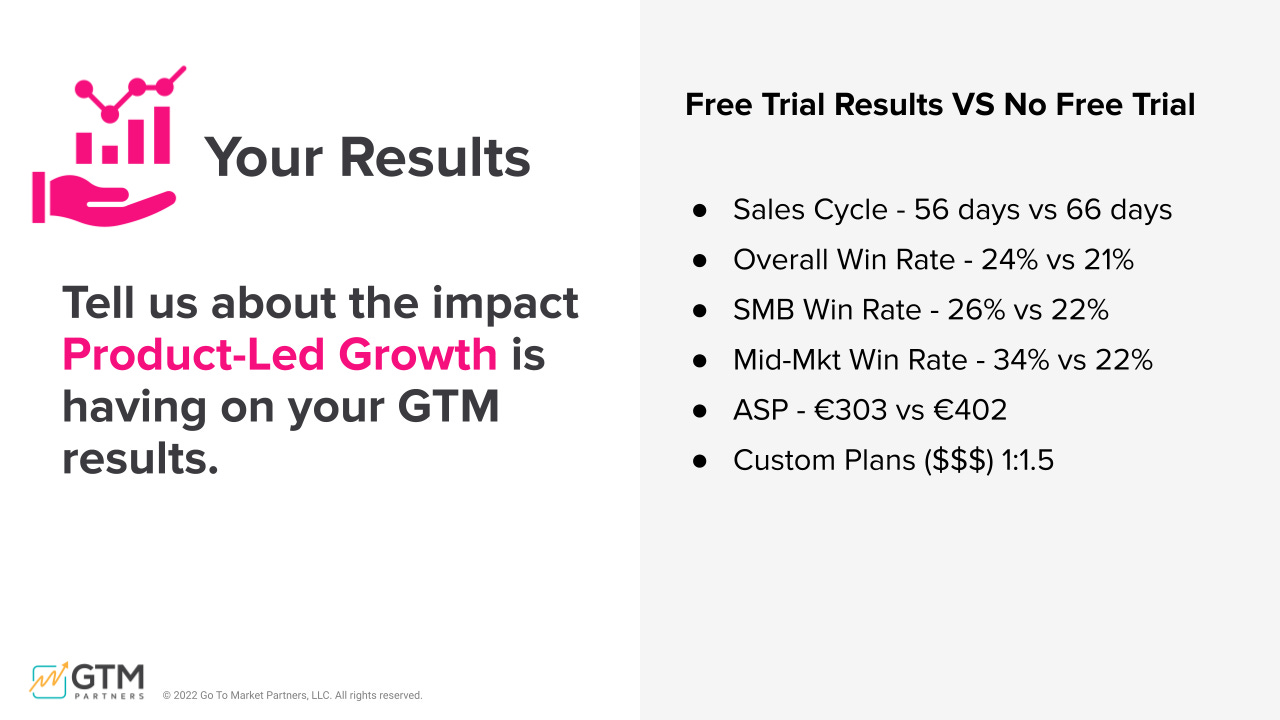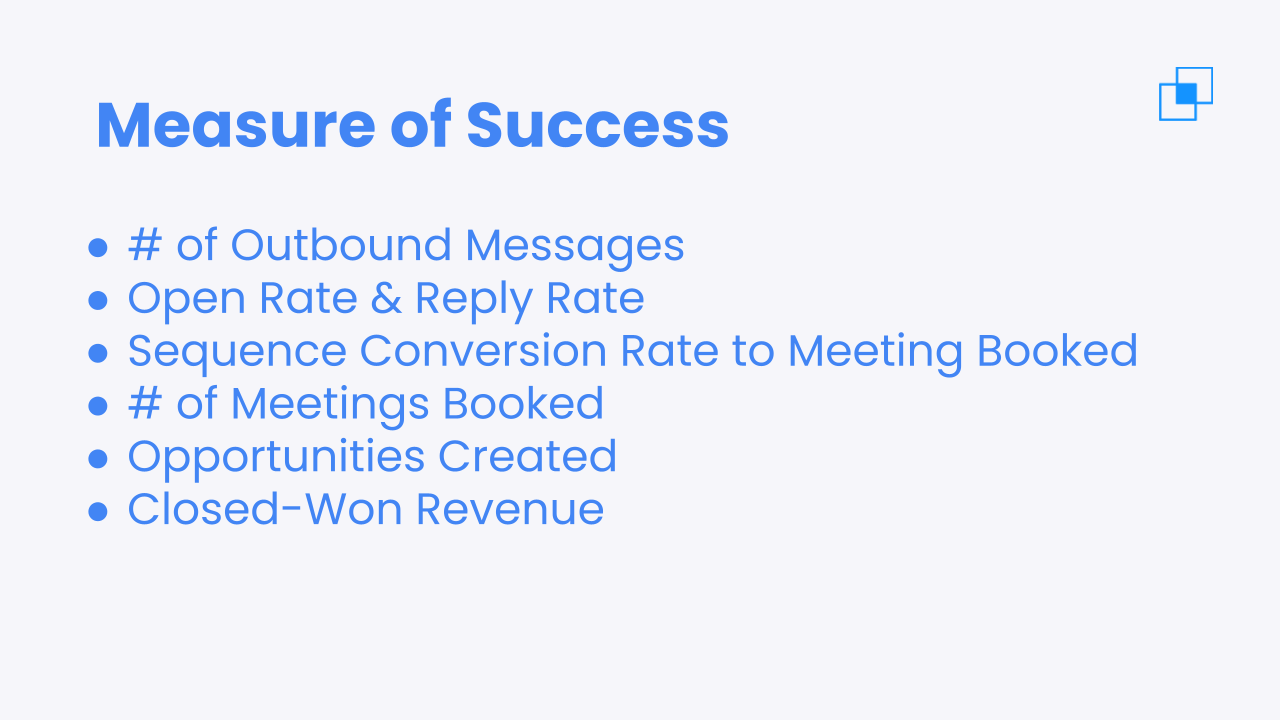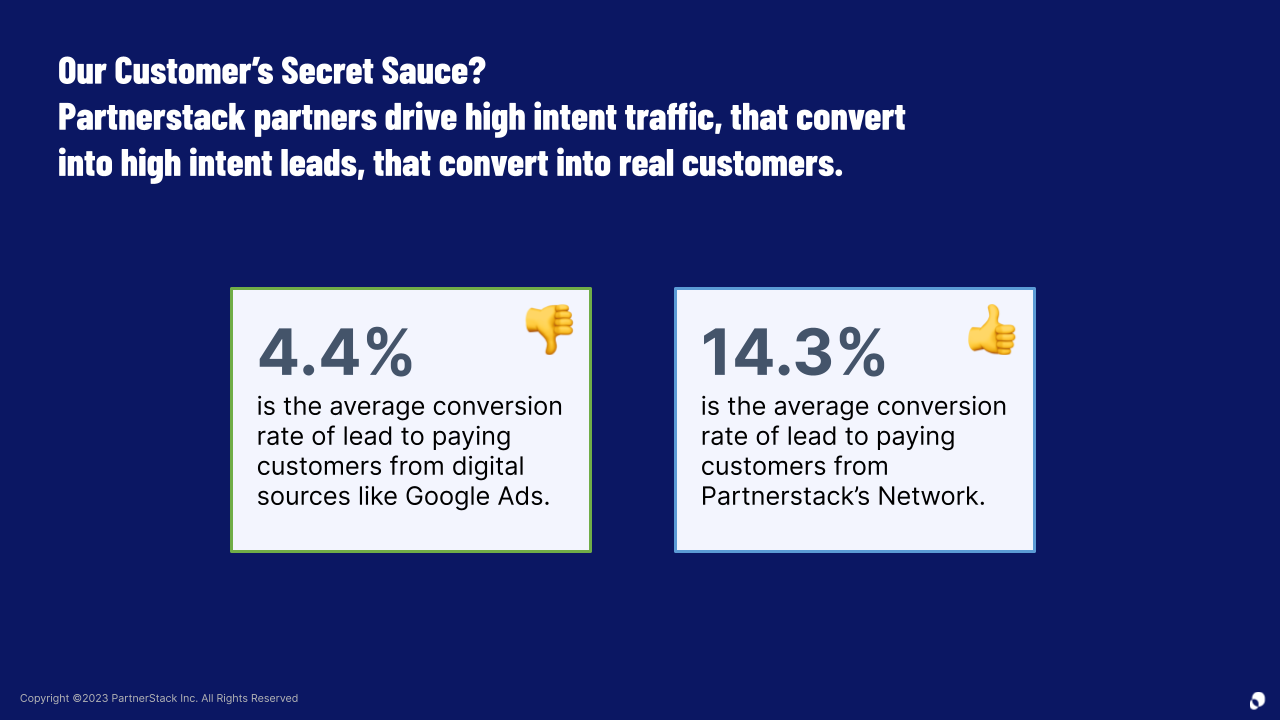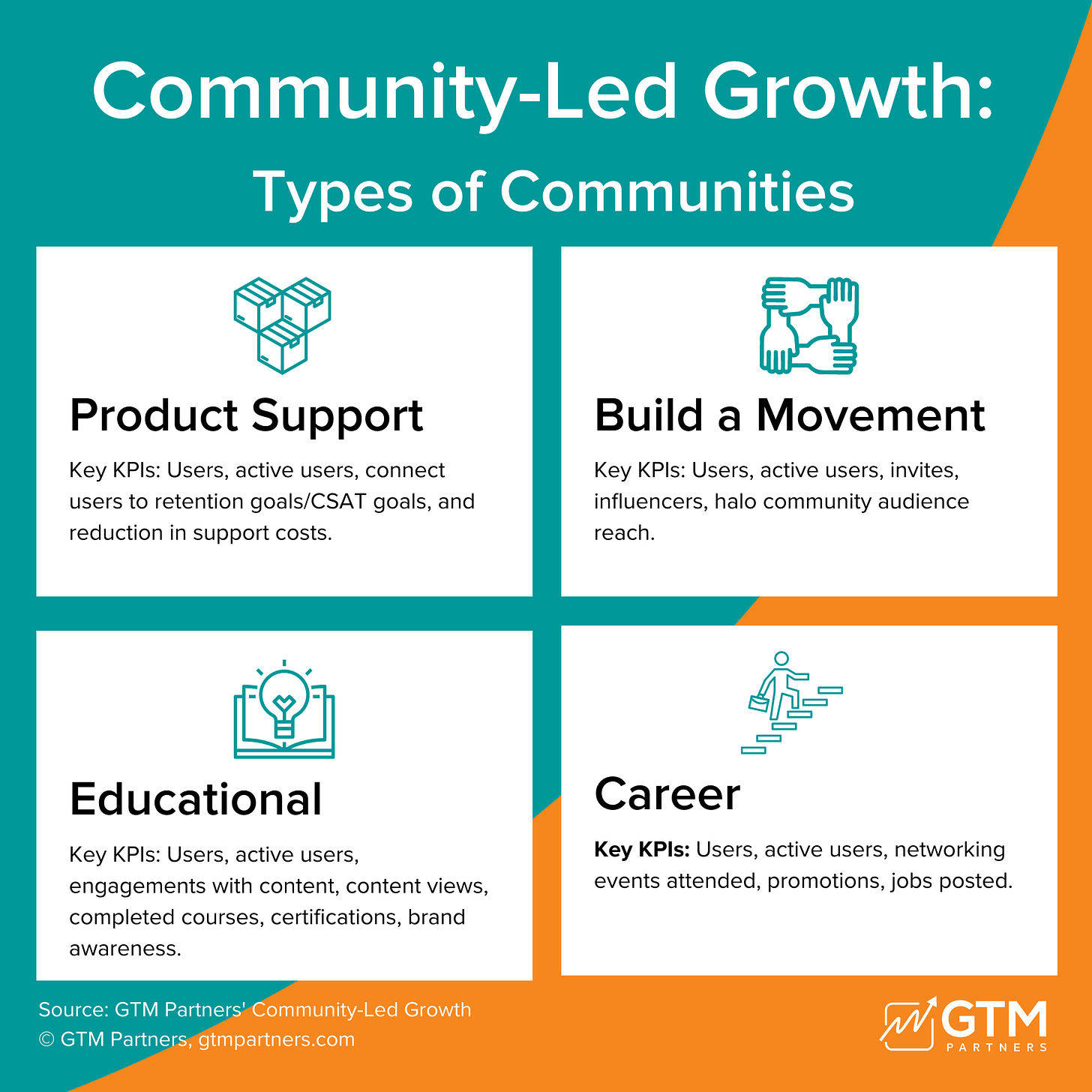Filters
6 GTM Motions. 6 Expert Case Studies.
Have you ever wanted to learn how Hubspot does Inbound?
How a partner-ecosystem platform like Partnerstack runs their own partner program?
How an event management platform like Splash runs their own event-led growth play?
Well as analyst Lindsay Cordell often says, “buckle up, buttercup,” because we have some things to share!
Last week, we hosted 15 Go-to-Market leaders for an afternoon of thought-provoking discussion and practical advice.
This is your guide to the the case studies that were presented if you missed them.
Introduction: The 6 GTM Motions
Senior GTM Analyst Lindsay Cordell
Watch Lindsay’s 8-minute session (click “View Replays” in the upper left corner, Click Session 1)
Key takeaways:
There are 6 GTM Motions (Inbound, Outbound, Event-Led, Partner-Led, Community-Led, and Product-Led).
What is a GTM motion? A motion is a coordinated, strategic effort that involves the entire GTM team (sales, marketing product, CS, rev ops) and has revenue goals attached. If you are hosting an event and only the marketing team is involved and you’re doing it to generate op-of-funnel leads, that is just a channel. When you start to attach revenue to your event strategy and get multiple teams involved, then it becomes a motion.
Event-Led Growth Case Study
Kate Hammitt, CMO of Splash, an event platform
Watch Kate’s 10-minute session (click “View Replays” in the upper left corner, Click Session 1 and fast-forward to 28:00)
Key takeaways:
It’s a unique opportunity to learn from someone running an events platform how her team leverages the event-led growth motion. Here are a few highlight’s of Kate’s talk.
Events can be the highest performing channel across each phase of the buyer's journey. There's no better way to gain brand awareness, trust, engagement.
It’s all about smaller, custom events. The tried and true annual conference is no longer enough to bring the modern buyer through the demand journey. The content isn't as personalized. It's easy to get lost in the shuffle of thousands of attendees. The show requires a lot from attendee in terms of budget and travel. And people know today that they don't need to travel to learn about a product anymore.
Map the kind of event you’re hosting to the buyer’s stage. TOFU, MOFU, and BOFU events should have different goals, audiences, and formats.
You can achieve tremendous results and ROI using event-led growth: Splash users see results like 70+% attendance rate, a 10%-20% increase in win rate, and 18% higher ACV.
Product-Led Growth Case Study
Darryl Praill, CMO of Agorapulse, social media management software
Watch Darryl’s 10-minute session (click “View Replays” in the upper left corner, Click Session 2 and fast-forward to 0:45)
Key takeaways:
Product-led growth has been around forever in some form, but has gotten a lot more sophisticated.
For a 30-day free trial, make people opt back in after 2 weeks, otherwise they will wait until the end of the period to use it.
PLG is not for everyone; you have to really consider your ICP, audience, and goals.
Ask lots of questions on the form so you can route potential buyers to the correct level of sales help (e.g. save expensive enterprise sales folks from servicing SMB accounts)
Surround the account: once someone signs up for a free trial, follow them, get them to follow you, invite them to your community, etc.
PLG can have great results when done right: shorter sales cycles, better win rates, higher ACVs and more.
Outbound Case Study
Mason Cosby, Director of Demand Generation, SalesAssembly, elevated learning and development for GTM teams
Watch Mason’s 17-minute session (click “View Replays” in the upper left corner, Click Session 2 and fast-forward to 33:45)
Key takeaways:
Be scrappy, then scale.
Brand-building is a great way to generate long-term success, but in this economic environment, short-term sales activation is incredibly important.
It’s worth spending time to upskill C-players on your sales team to B players, and B players to A players
When people think about outbound, they think about a pure volume game, but you should apply an ABM approach.
Re-engage closed-lost deals.
Outbound requires a fairly lean tech stack.
Metrics, metrics, metrics.
Inbound Case Study
Jon Dick, SVP of Marketing at Hubspot
Watch Jon’s 10-minute session (click “View Replays” in the upper left corner, Click Session 2 and fast-forward to 1:21:17)
Key takeaways:
Inbound is more than a GTM motion, it’s a philosophy rooted in the idea that businesses should add value to buyers before extracting value from those buyers.
Content is not just top-of-funnel, it should be full lifecycle.
Focus on how content is educating and arming the champions.
Content consumption habits are rapidly changing, and you have to stay on top of it. Where people spend their time and who they trust is evolving. Search is changing.
Invest in content that is highly consumed by high-intent prospects and customers.
Partner-Led Growth Case Study
Tyler Calder, CMO, Partnerstack, a partner ecosystem platform
Watch Tyler’s 10-minute session (click “View Replays” in the upper left corner, Click Session 3 and fast-forward to 41:20)
Key takeaways:
Attaching partners to any GTM motion will accelerate impact.
As GTM Leaders, it’s no longer growth at all costs. It’s about building an Antifragile revenue engine, and partners are your cheat code.
By definition, an ecosystem is inclusive of all participants. Too many partner ‘ecosystems’ only consider a single partner type or partner motion. Open up your aperture and you’ll see partner opportunity everywhere.
Community-Led Growth Case Study
Sangram Vajre, last minute pinch hitter for a sick panelist!
Watch Sangram’s 10-minute session (click “View Replays” in the upper left corner, Click Session 3 and it starts at the beginning.)
Key takeaways:
Consider the tech that makes the most sense given your goals (white-label community, Slack channel, etc.) Each has pros and cons. Talk to others to learn what they are.
You’re going to need to staff and resource a community adequately. They will not run on their own steam, at least at first.
Think about how your product lines up with the four different kinds of communities.
A Call for GTM Jobs, News, Announcements, Events, and Testimonials!
The GTMonday newsletter is always growing and expanding.
Our goal is to give you actionable, though-provoking data and research every Monday.
We also want to be a resource for Go-to-Market leaders beyond sharing our own data. As such, we’d like to open a call for the following:
GTM-focused job openings
Industry events focused on GTM functions
GTM research/data
GTM testimonials
Big company news that is legitimately of use or interest to a broad GTM audience.
We have a limited number of spots in each newsletter, and inclusion will be on a first-come, first-served basis.
Testimonials
We got our first testimonial for a GTM tech company after our requestbfor submissions last week. It’s for Factors.ai!
“Manually tracking accounts and monitoring campaign data felt like chasing shadows. With Factors.ai, we're no longer in the dark. The data consolidation is like magic, no more juggling multiple platforms. Our ABM campaigns and, thus, our outreach got a big big boost in performance. It's our single source of truth.” ~Anirhudh Sridharan, Head of Pipeline Marketing for Everstage
We hope this has been useful . Please share with anyone else you think could benefit.
Happy end of summer!
Love,
GTM Partners
P.S. Do you need help with your GTM strategy? Our analysts are brilliant and are helping companies every single day with problems like:
Identifying Total Relevant Market, ICP and better understanding scoring and intent data
Deciding which products and markets to invest in and how to structure pricing and packaging
Understanding brand and demand, including creating a differentiated point-of-view and leveraging the right GTM motions at the right time.
How to increase pipeline velocity by leveraging the right sales plays and methodologies
How to improve customer time to value through onboarding and customer success plays and understanding ROI
How to improve customer expansion through cohorts, account management plays, and CLTV
How to make RevOps a single source of truth that unifies data and systems
The role of leadership and management in a GTM strategy








